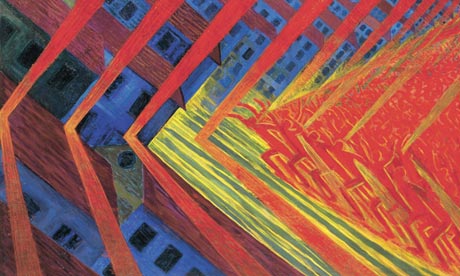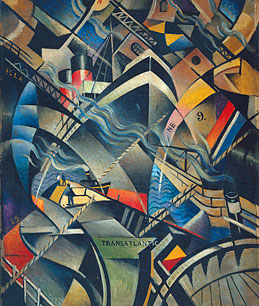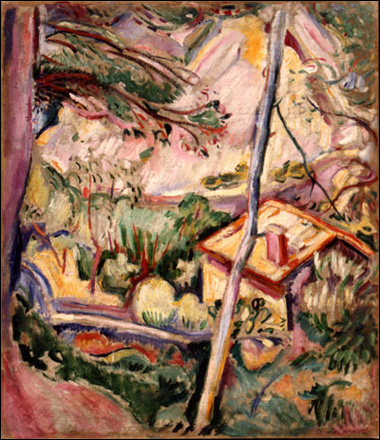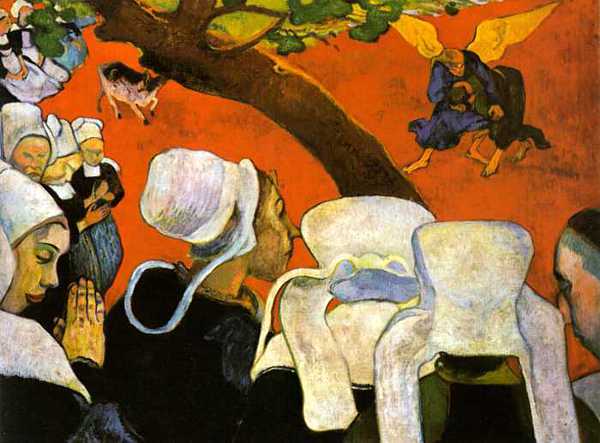FUTURISM
Futurism came into being with the appearance of a manifesto published by the poet Filippo Marinetti on the front page of the February 20, 1909, issue of Le Figaro. It was the very first manifesto of this kind. The Futurists loved speed, noise, machines, pollution, and cities; they embraced the exciting new world that was then upon them rather than hypocritically enjoying the modern world's comforts while loudly denouncing the forces that made them possible. Fearing and attacking technology has become almost second nature to many people today; the Futurist manifestos show us an alternative philosophy.
 Futurism was inspired by the development of Cubism and went beyond its techniques. The Futurist painters made the rhythm of their repetitions of lines. Inspired by some photographic experiments, they were breaking motion into small sequences, and using the wide range of angles within a given time-frame all aimed to incorporate the dimension of time within the picture. Brilliant colors and flowing brush strokes also additionally were creating the illusion of movement. Futurism influenced many other 20th century art movements, including Art Deco, Vorticism, Constructivism and Surrealism.
Futurism was inspired by the development of Cubism and went beyond its techniques. The Futurist painters made the rhythm of their repetitions of lines. Inspired by some photographic experiments, they were breaking motion into small sequences, and using the wide range of angles within a given time-frame all aimed to incorporate the dimension of time within the picture. Brilliant colors and flowing brush strokes also additionally were creating the illusion of movement. Futurism influenced many other 20th century art movements, including Art Deco, Vorticism, Constructivism and Surrealism. Although Futurism itself is now regarded as extinct, having died out during the 1920s, powerful echoes of Marinetti's thought, still remain in modern, popular culture and art. Futurism influenced many other 20th century art movements, including Art Deco, Vorticism, Constructivism and Surrealism.
Main represantatives of Futurism are;Filippo Tommaso Marinetti, Giacomo Balla, Carlo Carra, Umberto Boccioni and Gino Severi
.
.













